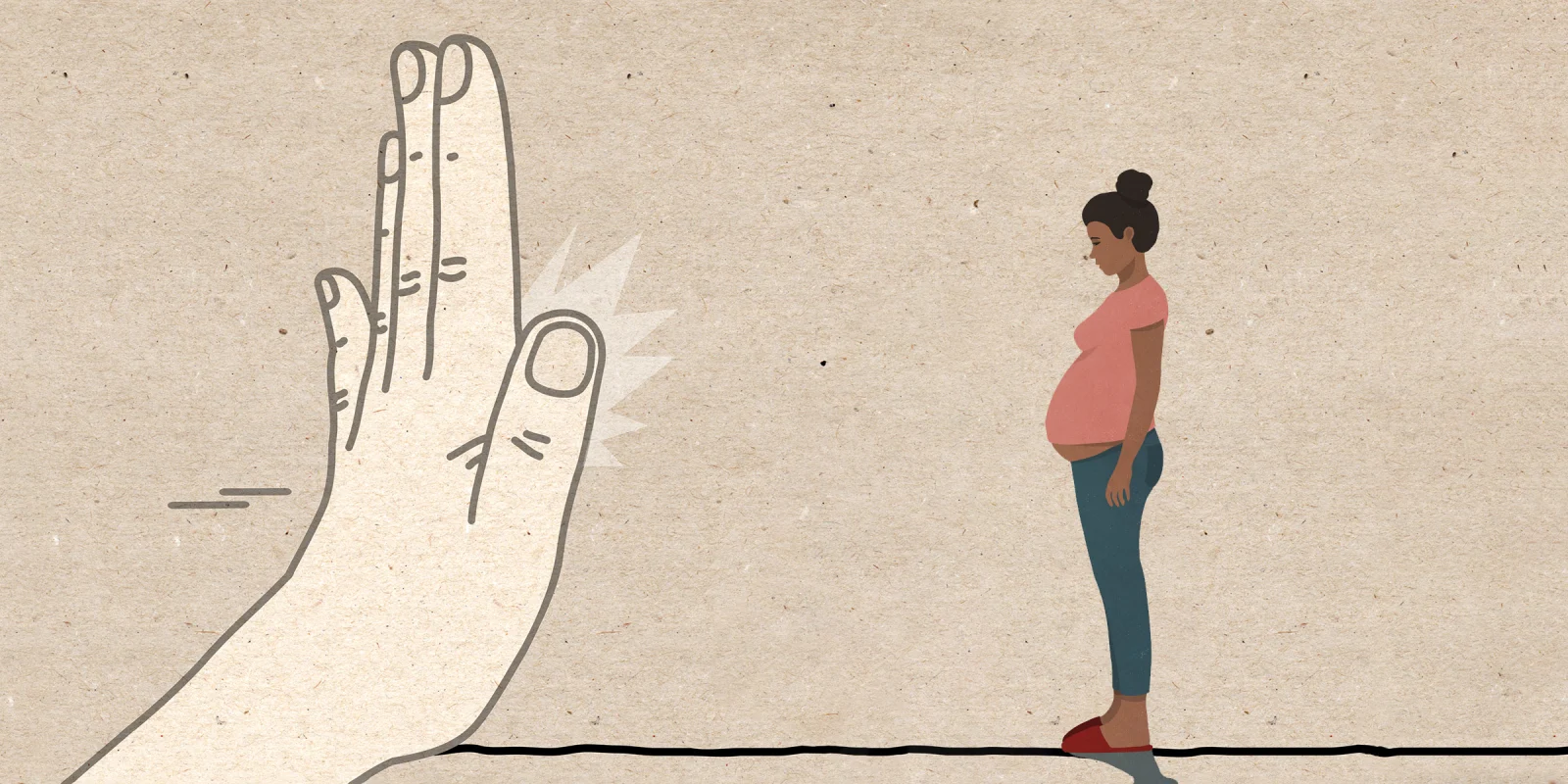In 2020, approximately 287,000 women globally tragically lost their lives during or after pregnancy and childbirth, as reported by the World Health Organization. To put this into perspective, it equates to one woman losing her life every two minutes worldwide. In the U.S., maternal mortality and pregnancy-related deaths have become a growing concern over the past decade, despite the nation's high economic status and available resources. In 2021, 1,205 women died of maternal causes in the United States compared with 861 in 2020 and 754 in 2019.
Understanding the Complex Causes
So why do these women die? Unfortunately, there's no single straightforward answer to this question. Maternal mortality is a complex issue with multifaceted causes especially when seen in focus in the United States. From severe bleeding and infections to unsafe abortions and postpartum depression, these complications encompass both physical and mental health challenges globally. The crucial point to underscore is that many of these complications are entirely preventable.
For example, it's vital to highlight that between 2017 and 2019 in the U.S., a significant 23% of pregnancy-associated deaths were linked to mental health conditions, including drug overdose. In 2020, this issue reached record levels, exacerbated by the onset of the COVID-19 pandemic, as indicated by a study conducted by Columbia University Mailman School of Public Health. Women facing substance use disorders encounter social stigmas and limited access to resources even in the U.S., hindering their ability to receive necessary care. Pregnancy presents an opportune time for screening for substance use, and tailored treatments must be integrated to support women grappling with substance use disorders, particularly in cases of chronic pain disorders.
Why Are There Barriers to Maternal Care in the U.S.?
According to the Gates Foundation and the NIH’s Innovation Equity Forum, maternal related drug overdose, excessive postpartum hemorrhage, infections, and high blood pressure are among the most common causes of maternal mortality both in the U.S. and globally. Routine postpartum care and adherence to good hygiene practices can substantially reduce complications. Screening and early detection protocols are essential for the management of all pregnant women, whether in the U.S. or around the world.
If there are preventative measures in place, why do women often fail to receive the care they need? Unfortunately, the answer is not clear-cut. Transparency is essential in acknowledging inherent flaws within healthcare systems which include shortages of medical supplies, inadequately trained healthcare professionals, and a lack of proper medical education and patient education alike. Social determinants of health significantly contribute to the inadequacy of care in the U.S. even when resources often seem to be readily available.
Why Zip Codes May Matter
Locally, within the state of California, a noticeable health gap persists between coastal cities and the Inland Empire. This gap is compounded by a scarcity of physicians and disparities in access to care. In light of the global disparities in maternal mortality rates, it prompts us to consider whether these inequities also manifest at a more localized level. Investigating the variations in maternal mortality rates between coastal cities and the Inland Empire, particularly in reported cases of maternal mortality due to drug overdose and excessive postpartum hemorrhage, could yield valuable insights. Increasing awareness of these statistics should drive the development of more suitable treatment plans and community programs aimed at reducing maternal mortality, one zip code at a time.
Apart from maternal mortality rate disparities, there are also disparities in the assessment and treatment of postpartum pain. A recent study in New York noted variations in pain assessments for mothers whose primary language is not English. These disparities also show differences in postpartum pain treatment between white women and Hispanic and non-Hispanic black women. Variations in postpartum pain management are expected among cities due to differences in demographics. Addressing this treatment disparity is critical, as inadequate postpartum pain management may increase the risk of postpartum depression and the rise of illicit substances among new mothers.
Multifaceted Prevention, Education and Comprehensive Care
In the United States, addressing the alarming maternal mortality rates requires a multifaceted approach. To reduce these tragic deaths, it's essential to invest in comprehensive mental health support for pregnant and postpartum women, tackling issues like depression and substance use disorders. Removing stigmas around mental health treatment is crucial for ensuring that women receive the care they need. Expanding access to substance use disorder treatment, particularly during pregnancy, is essential to provide women with the necessary care and support to manage chronic pain and addiction. Additionally, improving care and evidence based protocols by ensuring medical students and healthcare professionals receive adequate training and resources is crucial to managing common causes of maternal mortality, such as excessive bleeding and hypertension can make a significant difference. These solutions, along with a focus on reducing health disparities, aim to make progress in reducing maternal mortality rates in the United States.
Resources:
- Maternal mortality
- Trends in maternal mortality 2000 to 2020: estimates by WHO, UNICEF, UNFPA, World Bank Group and UNDESA/Population Division
- Four in 5 pregnancy-related deaths in the U.S. are preventable | CDC Online Newsroom
- Maternal Mortality Rates in the United States, 2021
- Pregnancy Mortality Surveillance System | Maternal and Infant Health | CDC
- U.S. Trends in Drug Overdose Mortality Among Pregnant and Postpartum Persons, 2017-2020 - PMC).
- Gates Foundation, Innovation Equity Forum
- State of California
- New York Disparities in Postpartum Pain Treatment
- Racial Disparities in Postpartum Pain Treatment
Jasper Lee, M1, Carla Demerdjian, M1, Christina Barsoum, M1 and Dr. Gupta do not have any conflicts of interest to report.
Image by Malte Mueller / NLshop / GettyImages






